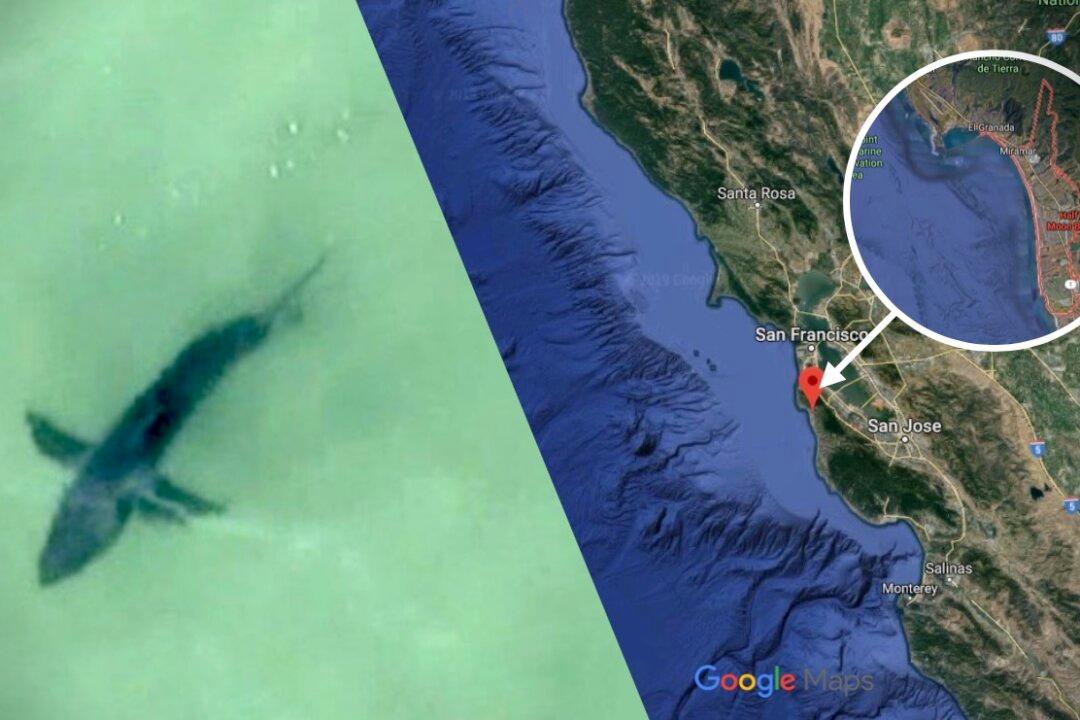Authorities in San Mateo County are sounding the alarm after multiple pilots in the area reported seeing great white sharks in the water.
The San Mateo County Sheriff’s Office urged caution on Thursday, July 11, saying that the sharks were spotted between the Ritz Carlton and Pillar Point in Half Moon Bay.





